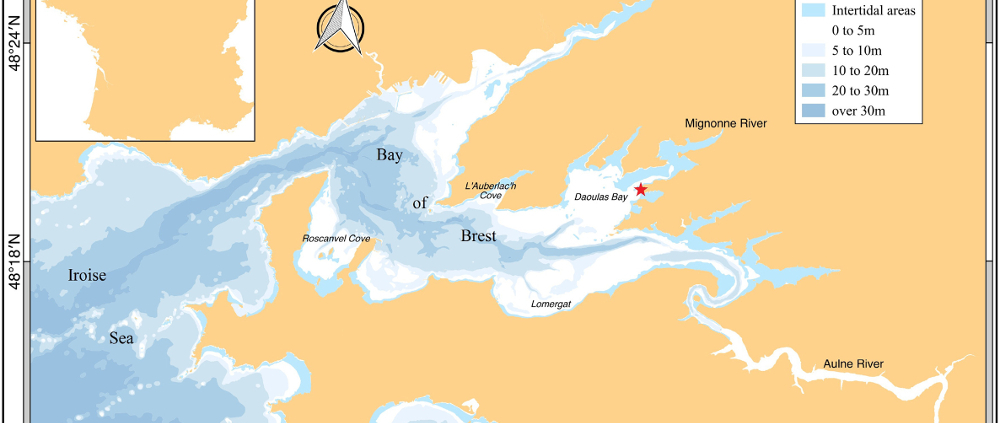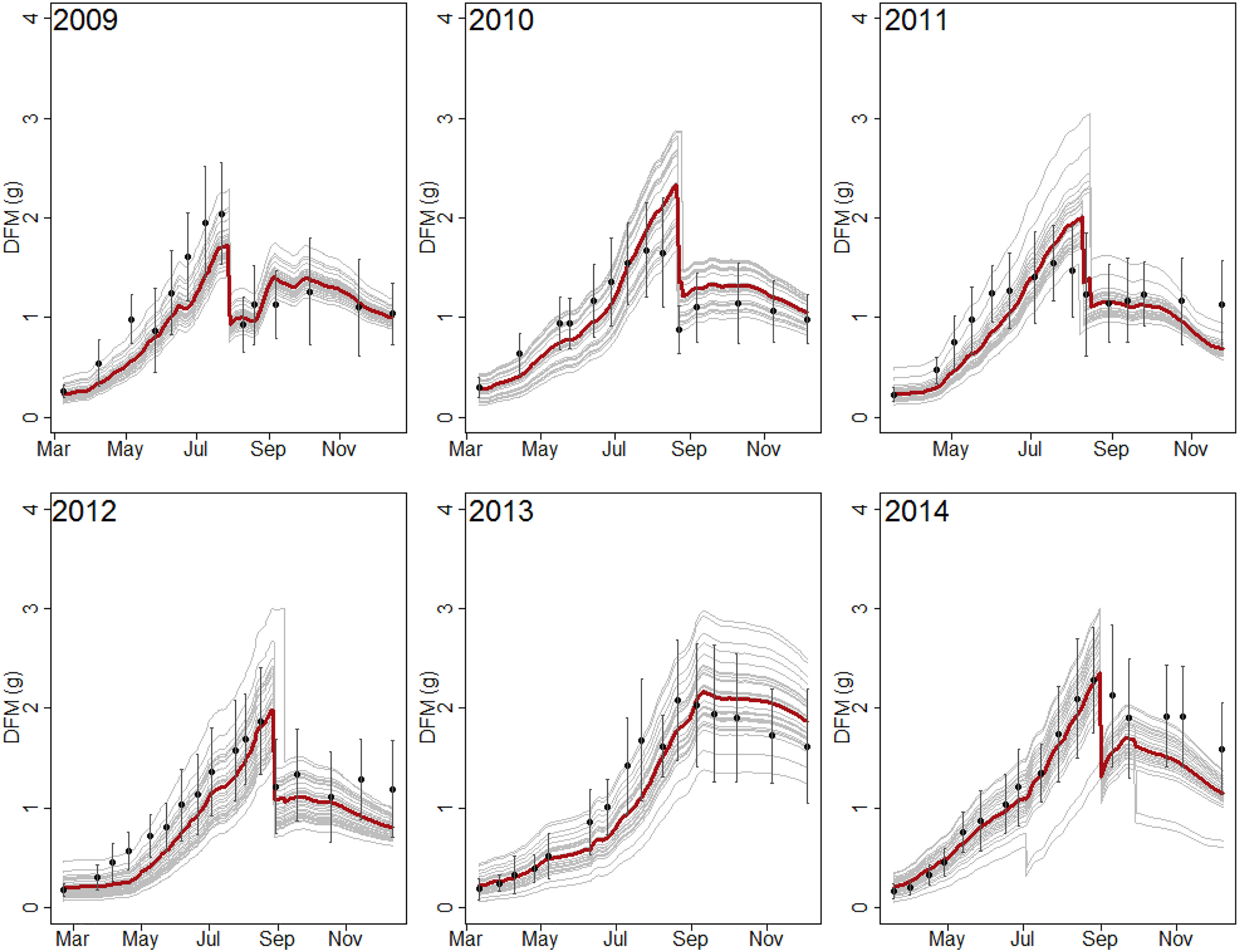Motion adopted by LEMAR staff
Les personnels CNRS/Ifremer/IRD/UBO du Laboratoire des sciences de l’environnement marin (LEMAR) soutiennent les initiatives qui se mettent en place au niveau mondial comme en France pour faire face à l’urgence planétaire (climat, biodiversité, environnement).
Nous demandons aux dirigeants politiques de tous bords d’unir leurs efforts pour mettre en œuvre des actions visant à abandonner la primauté des intérêts à court terme qui prévalent dans nos sociétés thermo-industrielles et qui conduisent à l’épuisement de nos ressources naturelles.
En particulier :
- Nous soutenons les initiatives de la jeunesse mondiale pour faire de la journée du 15 mars 2019 une mobilisation d’envergure.
- Nous appelons à participer à la marche mondiale pour le climat le 16 mars 2019.
- Nous souscrivons aux différents appels des scientifiques (Appel de 300 chercheurs européens dans le quotidien Le Soir, Scientists warning de l’Alliance of World Scientists, tribune de 700 scientifiques français dans Libération, rapport du GIEC, etc.)* exigeant de la part des dirigeants politiques des actions concrètes et immédiates pour la protection de l’environnement.
- Nous nous engageons à agir au quotidien pour réduire l’impact climatique et environnemental lié à nos activités de recherche.
- Nous demandons instamment à nos institutions de tutelle (CNRS, Ifremer, IRD et UBO) de favoriser et d’accompagner nos démarches écoresponsables, et de s’engager publiquement et officiellement à prendre des mesures concrètes à la hauteur de l’urgence planétaire.
Faisons de 2019 l’année de la transition écologique !
Plouzané, le 12 mars 2019
*Appel de 300 chercheurs belges, français et suisses le 20 février 2019 : https://plus.lesoir.be/207972/article/2019-02-20/
Scientists warning de l’Alliance of World Scientists : http://www.scientistswarning.org/scientists-warning-news/
Appel de 700 scientifiques français le 8 septembre 2018 : https://www.liberation.fr/planete/2018/09/07/rechauffement-climatique-nous-en-appelons-aux-decideurs-politiques_1677176
Rapport du GIEC (Groupe d’experts Intergouvernemental sur l’Evolution du Climat) publié le 8 octobre 2018 : https://www.huffingtonpost.fr/2018/10/07/le-giec-appelle-a-des-transformations-sans-precedent-pour-limiter-le-rechauffement-climatique_a_23553769/
Global emergency: climate, biodiversity, environment







